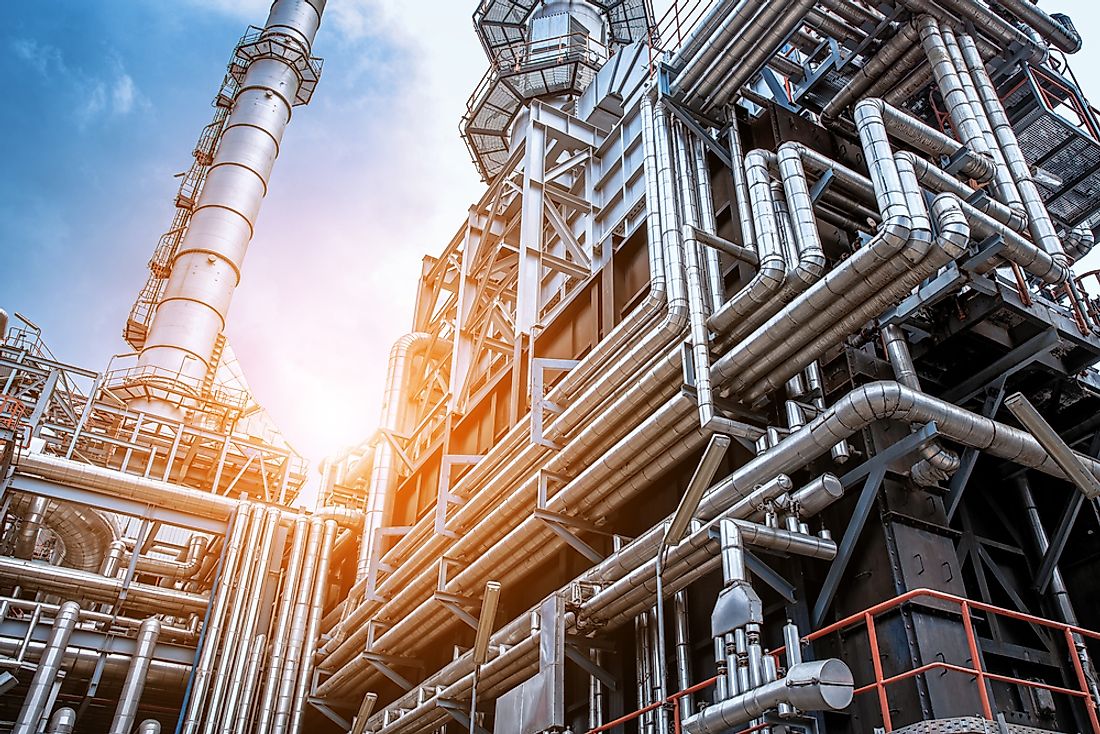What Is The Environmental Impact Of The Energy Industry?

The energy industry is a combination of all manufacturing and processing industries which are associated with the production and sale of energy. These industrial processes range from obtaining energy from the source, manufacturing, purifying, and distribution to the required sectors. Some of the common energy industries available in present times include the petroleum industry, renewable energy industry, gas industry, nuclear power industry, electrical power industry, coal industry and traditional energy industry.
Energy has been of great importance in facilitating day to day activities for the humans across generations. Energy is used to provide heat, light and sometimes even safety. This diversity explains the rise in the commercialization of energy sources and products.
An Analysis Of The Environmental Impact Of The Energy Industry
The coal industry mainly impacts the environment by reducing the value of the natural environment, accumulation of waste, water pollution, and air pollution. Strip mining, which is the method of choice for coal mining, results in the removal of all existing vegetation, leads to permanent alteration of the land’s topography and destroys the genetic makeup of the soil. This kind of mining also eradicates some natural geophysical features which may be of significant importance. The residual ash from coal mining also contains calcium oxide, which is readily soluble in water to form slaked lime. This lime may be carried by water into water bodies leading to accumulation of salt. Air pollution occurs when oxides of carbon, nitrogen, and Sulphur accumulate in the air during combustion of coal.
Petroleum and its products are majorly harmful to the environment. It is a compound of complex aromatic hydrocarbons which are highly toxic to air and soil. The most harmful product of petroleum is Benzene, that is known to cause leukemia. Petroleum extraction also leads to accumulation of greenhouse gases which cause air pollution, and acid rain.
Natural gas also contributes a significant amount of carbon to the atmosphere, though they are the least harmful of the nonrenewable energy sources. It is, however, a harmful greenhouse gas in itself, even more, dangerous than carbon dioxide.
The electrical power industry includes the use of wind power, geothermal, solar thermal, nuclear power, or water pressure to generate electricity. Of these sources, nuclear energy has the greatest potential for environmental degradation with the emission of greenhouse gases during nuclear fissions. Effects of nuclear accidents and leakage of nuclear fuel also have detrimental effects on the areas surrounding the nuclear plants. The accumulation of wastes from nuclear activities alters the soil composition and destroys marine life if it accidentally seeps into water sources.
The other sources of electricity are majorly renewable with wind power, solar energy, and hydroelectricity having the lowest potential for environmental pollution. The main risk associated with hydroelectricity and reservoirs is carbon dioxide emission during construction and flooding. Some enhanced geothermal systems use special equipment to enhance steam production through cracking underground rocks. These processes, however, predispose the surrounding areas to earth tremors and earthquakes.











